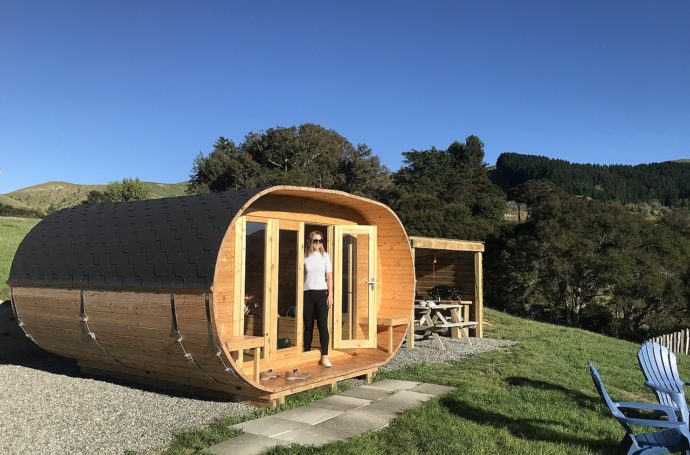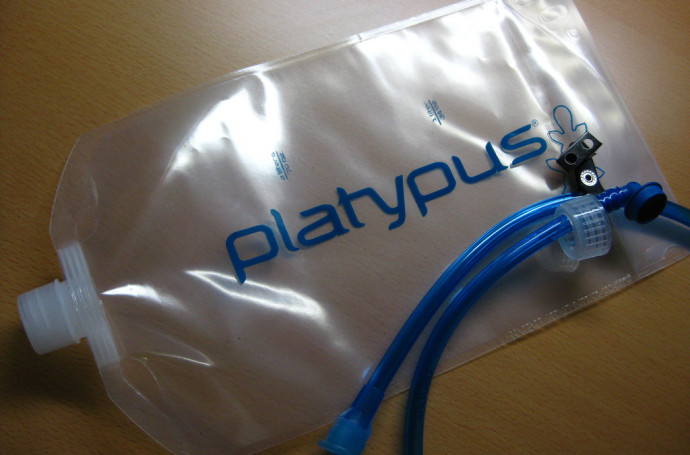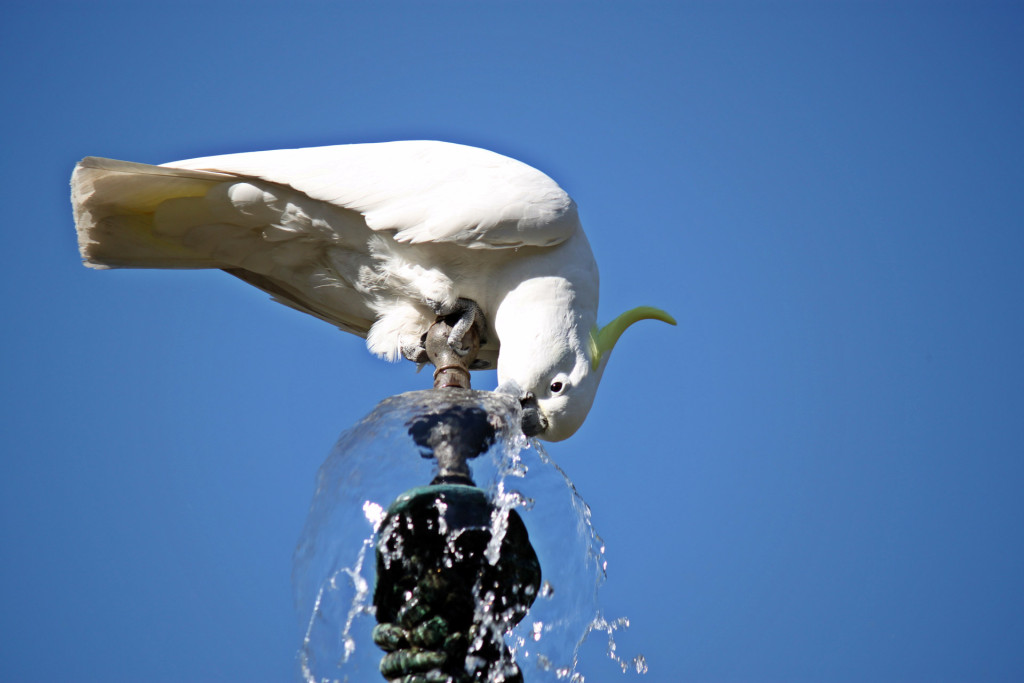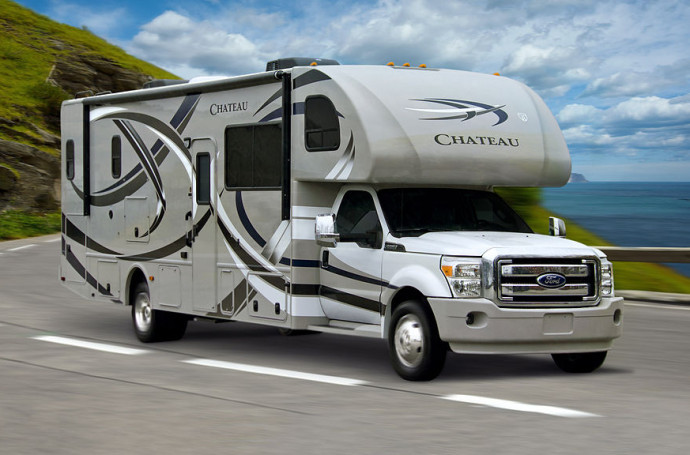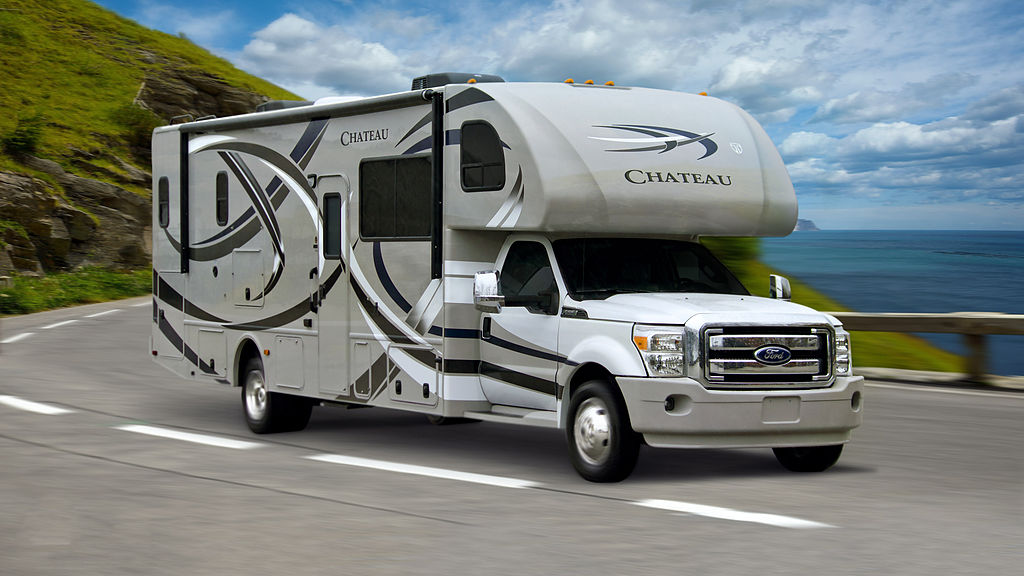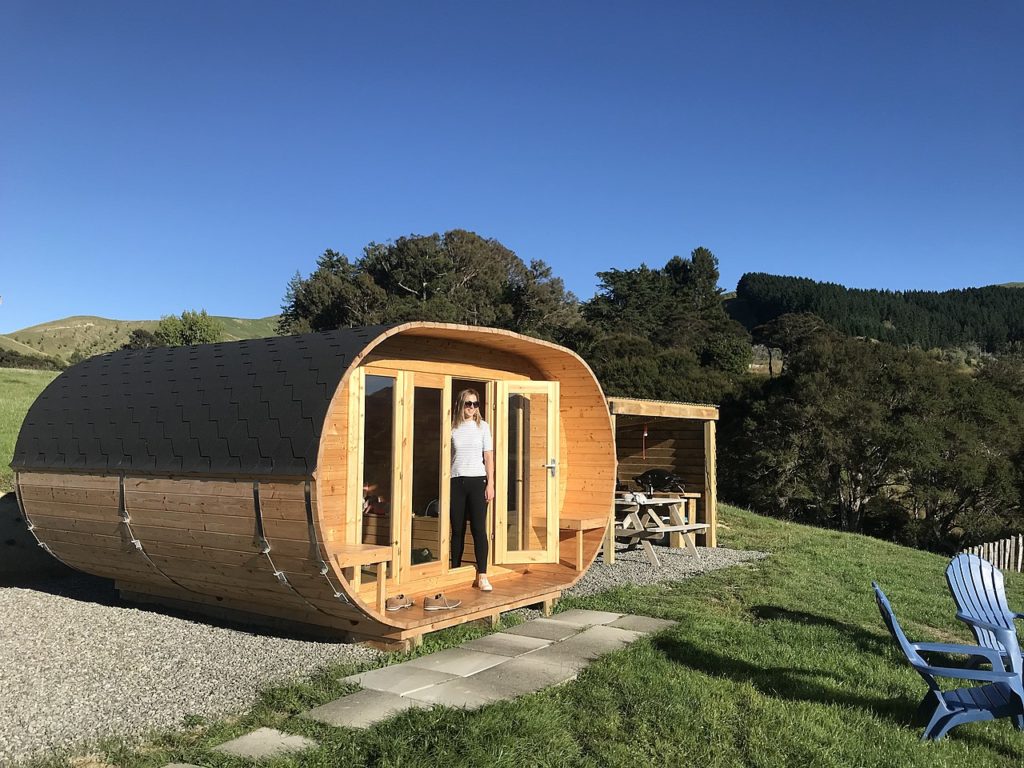
If you want to immerse yourself in the beauty of nature without sacrificing comfort and luxury, then glamping is an activity you would not want to miss. The way people travel has changed over the years. Gone are the days when structured, one-size-fits-all vacations are the norm. It is not enough to just witness nature’s beauty – travellers now want to live in it. And with glamping, you can do so in utmost comfort and style.
Just like any other camping trip, there are a number of things you need to bring with you for a successful glamping trip.
- Air Bed – True glampers do not use sleeping bags. A queen-sized air mattress or air bed is a sure way to sleep comfortably. Make sure that you also bring your favorite pillows and blankets.
- Teepee or Safari Tents – If the holiday park you will stay in does not offer the use of yurt or safari tents, you can bring your own. Safari tents are larger than the average camping tents and they are better insulated against the cold.
- Inflatable hot tub – There is nothing else that spells luxury than relaxing in an inflatable hot tub while enjoying the beauty of your surroundings. Just make sure though that you set up the spa on an even surface, and near a water source.
- Complete camp kitchen – True lamping does not mean eating burnt meals cooked over campfires. You can enjoy hot, well-made glamping meals by bringing along a portable electric stove. This also works if you are staying in campgrounds where bonfires are not allowed or if you are camping during the dry, summer season.
- Portable power source – In order to enjoy creature comforts, you need electricity. This can come from portable power sources such as camping generators or solar panels. These types of gear can power air compressors to inflate your hot tub and air bed; power your electric stove, electric fans or heaters; power water heaters for showering; and keeping campsite lights on at night.
Enjoying nature can be taken one level higher in the comfort scale. And with these 5 must haves with you, there is no denying you would have the best glamping experience with friends or family.
